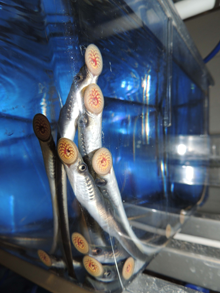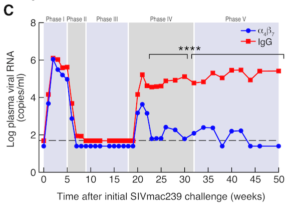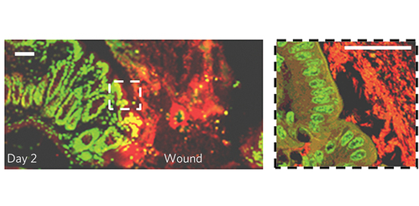When facing a life-threatening infection, the “yuck factor” is a minor concern. Fecal microbiota transplant (FMT for short) has become an accepted treatment for recurrent Clostridium difficile infection, which can cause severe diarrhea and intestinal inflammation.
In a new video, Emory physicians Colleen Kraft and Tanvi Dhere explain how FMT restores microbial balance when someone’s internal garden has been disrupted.
C. difficile or “C diff” is a hardy bacterium that can barge into the intestines after another infection has been treated with antibiotics, when competition for real estate is low. In the last few years, doctors around the world have shown that FMT can resolve recurrent C diff infection better than antibiotics alone.
At Emory, Kraft and Dhere have performed almost 300 FMTs and report a 95 percent success rate when treating recurrent C diff. They have established a standard slate of stool donors, whose health is carefully screened.
Building on their experience with the procedure, Kraft and Dhere are studying whether FMT can head off other antibiotic-resistant infections besides C diff in kidney transplant patients. They have teamed up with infectious disease specialists Aneesh Mehta and Rachel Friedman-Moraco to conduct this study. Read more








